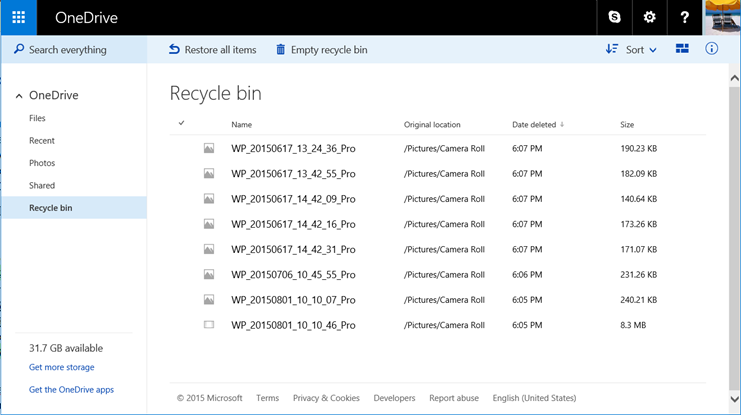Outlook For Mac Status View - How To Find My Drafts?
With the release of 16.9.18010702, Outlook for Mac now supports creating tables during compose. The easiest method to show which folder an email is currently located is to right click on the header bar in Outlook and add the 'folder' (visible columns have a check mark to the left of it) column to the current view. Hi, I stumbled across your article: Outlook 2013 – better visibility of draft messages by Darren 20 August 2012 I don’t usually post on forums but as your replies to the following posts helped me with the draft feature in Outlook 2013 I would like to ask you a question on it. 
Tip: if you’re worried about accidently sending the draft message, don’t put anything in the TO: field. Then switch to Outlook for Windows/Mac. Once you’ve done the little tweak (see below) the draft email will appear in Outlook.
You can continue to work on the message. The same works in reverse (start on Outlook, continue in OWA) or between Outlook for Windows or Mac linked to the same mail account. Drafts folder synchronization The key is the Outlook Drafts folder. That’s where partially written emails sit ‘in limbo’ until they are sent. Drafts are saved automatically or you can click the Save button (Ctrl + S) to save the message as you’re working on it.
Your Drafts folder probably has some old partial messages that were saved before an Outlook or Windows crash. To resume working on a draft message, just double-click on it. The message editor will open and you can resume writing. In recent Outlook’s it will appear in the right-hand pane (see above).
Handover from one Outlook to another The trick is synchronizing the Drafts folder with the Exchange Server mailbox. That will make any drafts available on other machines which also sync the Drafts folder. By default, Outlook for Windows does NOT synchronize the Drafts folder with the cloud/server mailbox. That’s why the email draft ‘handover’ ability isn’t obvious.
Sync Drafts folder In Outlook for Windows go to Send/Receive tab Send/Receive Groups Define Send/Receive Groups select ‘All Accounts’ then click Edit. Make sure the mail account is included in the group then check the box next to Drafts. You can manually sync a folder with the cloud mailbox by selecting the folder then choosing Update Folder. Outlook for Mac Outlook 2016 for Mac users don’t have to do anything! Outlook/Mac doesn’t let you choose the folders to sync but, thankfully, the Drafts folder is synchronized for Office 365/Exchange Server hosting. Check the Sync To check that the Drafts folder (or any folder) is synchronized with the server, open Outlook Web app, the browser based access to your mailbox. Look at the Drafts folder, in this example you can see that the number of messages is the same (134).
Email drafts on other devices It would seem useful to make a draft email on a phone or tablet (maybe some quick notes) to later revise and send from Outlook for Windows/Mac. Alas, that’s not possible because of some curious decisions by Microsoft. The Drafts folder isn’t always available to sync with the main mailbox. Often draft emails are only saved on that device. You’re welcome to try syncing the Drafts folder on your Apple, Android or Windows device (we’d love to know if you have any success).
Outlook apps & Email Drafts The hyped Outlook apps don’t even show the Drafts folder as available for synchronization. Any draft messages your write in the app, stay on the device. It seems Microsoft hasn’t considered the benefits of sharing draft messages between devices. This option isn’t mentioned in any official documentation we’ve seen. Email Draft workaround There are alternatives if you can’t share draft messages between devices or Outlooks for whatever reason.

Use some other program which lets you share content between devices to write the draft. Write your draft message in: • OneNote or Evernote • A Word document saved on OneDrive or other cloud storage Then copy the draft to an Outlook message later.